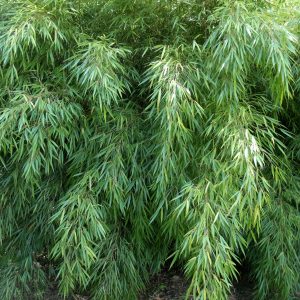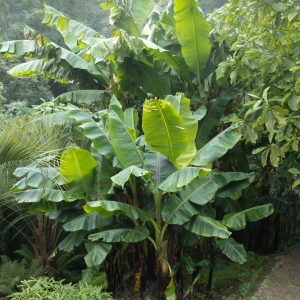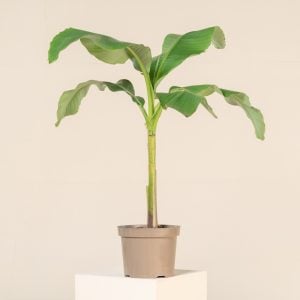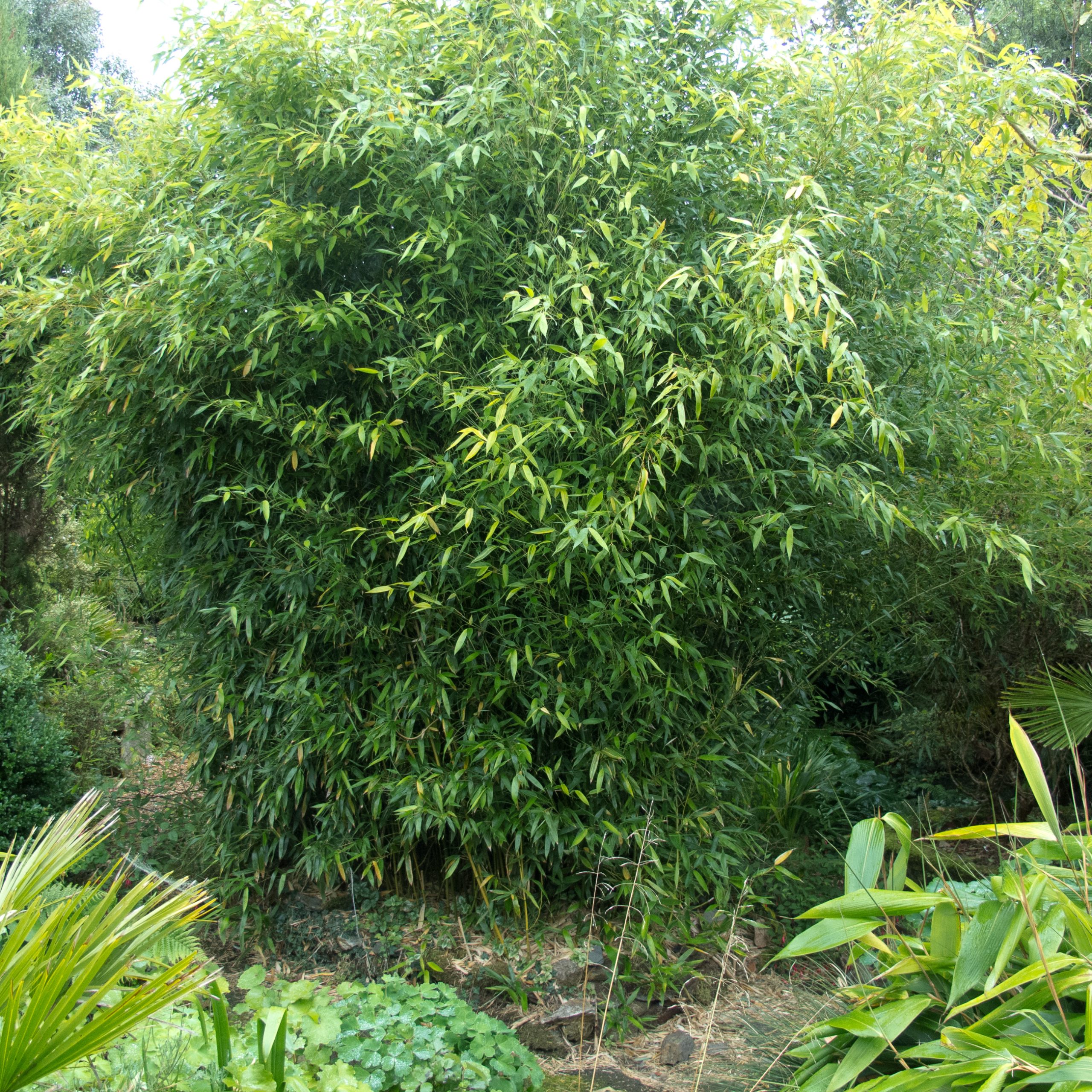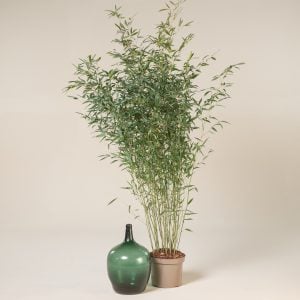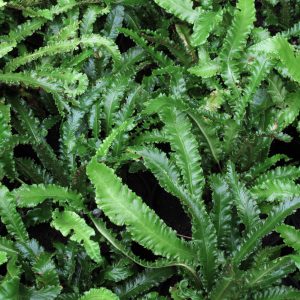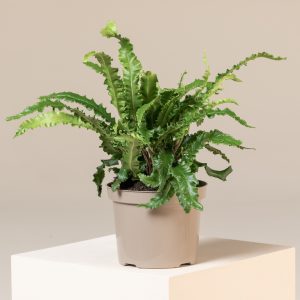Cordyline ‘Red Star’
Red Star cabbage palm
Cordyline australis ‘Red Star’ is a brightly coloured cultivar with rich blood red foliage sporting bright red midribs. It is smaller growing than the species and less hardy.
Few garden plants are as undemanding and tolerant: from the wet salt-laden gales of the southwest to the parched eastern counties, Cabbage Trees abound.
Want to be notified when this product is back in stock?
Plant Biography
Few garden plants are as undemanding and tolerant: from the wet salt-laden gales of the southwest to the parched eastern counties, Cabbage Trees abound. Recent winters have demonstrated that even if reduced to ground level plants will usually re-sprout from the base and quickly regain size.
Vast spikes of scented flowers in late summer can fill a garden with perfume – resultant seed laden trusses help birds through winter.
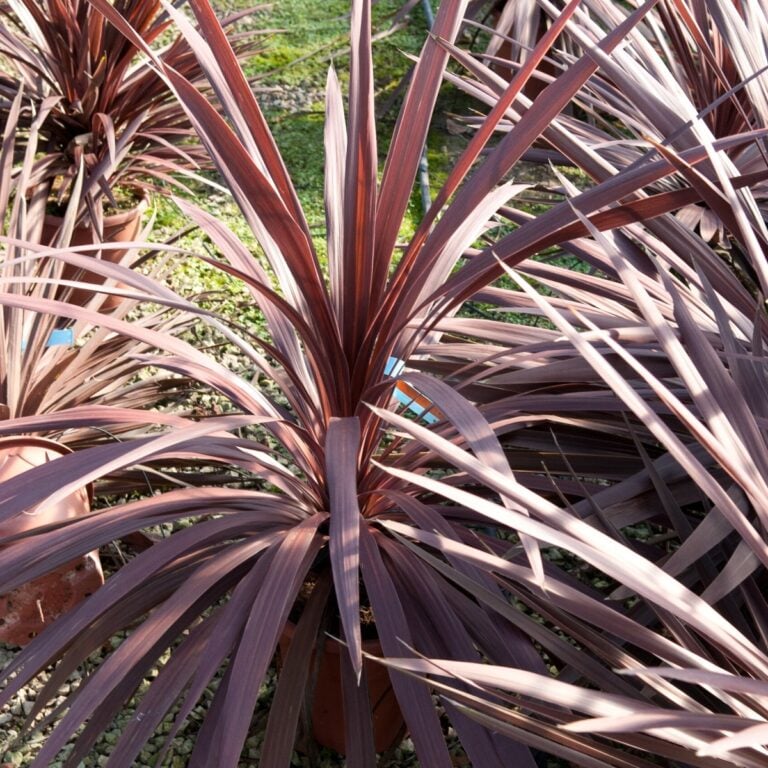
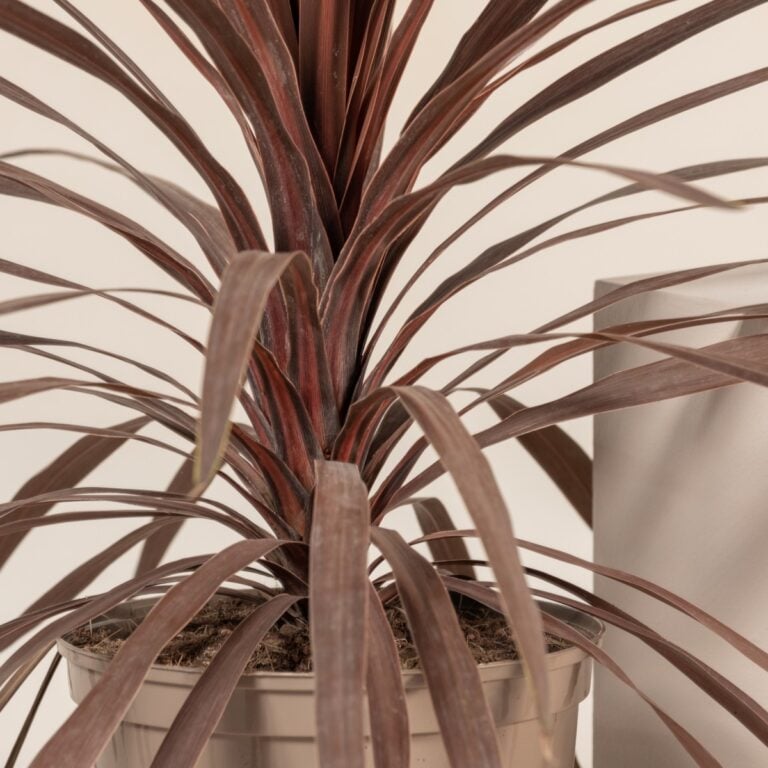
Care & Size Guidance
Whilst less hardy than it’s green cousin, the Red Star cabbage palm can withstand mild winters in sheltered gardens. In harsher climate, where cold winds and frost is expected, the plant should be kept in a planter which can be moved indoors or in an unheated conservatory to overwinter.
Place in deep planters, rather than shallow ones. Feed in spring and summer with a high nitrogen fertiliser. Plants in containers should be watered more often, especially in hot summers.




